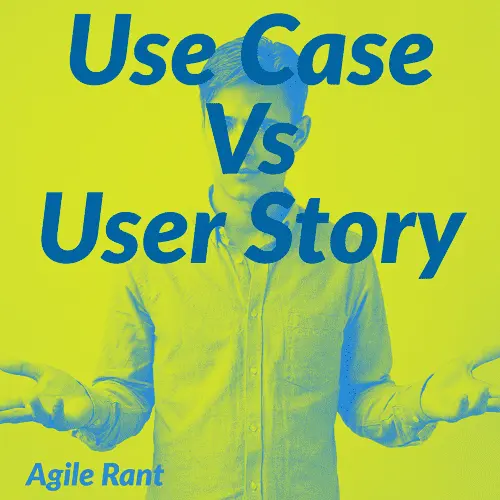Use cases and user stories are two different techniques used in software development to capture requirements and describe user interactions. While they serve similar purposes, they differ in their structure, level of detail, and focus.
Let’s explore the distinctions between use cases and user stories.
Use Case Vs User Story – Comparison
Structure
Use cases: Use cases are typically structured documents that follow a predefined format. They consist of sections such as actor descriptions, preconditions, main scenarios, alternative scenarios, and post-conditions. Use cases provide a detailed step-by-step description of how users interact with the system to achieve their goals.
User stories: User stories, on the other hand, are short, concise narratives that follow a simple format: “As a [type of user], I want [goal] so that [reason].” They are often written on index cards or digital tools and capture the essence of user needs without going into extensive detail.
Level of Detail
Use cases: Use cases tend to provide a higher level of detail, including specific steps, actions, and system responses. They focus on capturing a comprehensive description of all possible interactions and scenarios, covering both the main and alternative paths.
User stories: User stories are intentionally less detailed and provide a higher-level overview. They focus on the user’s goal and the value they expect to derive from it. User stories do not provide an extensive description of the steps or system behavior.
Focus
Use cases: Use cases concentrate on the complete system behavior and the interactions between users and the system. They aim to capture a holistic view of how the system functions and respond to user actions. Use cases are typically used in the analysis, design, and testing phases.
User stories: User stories emphasize the user’s perspective and their specific needs or goals. They are primarily used to drive conversations, collaboration, and prioritization during Agile development. User stories are often part of the product backlog and serve as a placeholder for future discussions.
Flexibility
Use cases: Use cases are more rigid and may require additional effort to modify or update. Changes to use cases often involve revisiting and updating the entire document, potentially impacting other sections or related use cases.
User stories: User stories are designed to be flexible and easily adaptable. They can be modified, re-prioritized, or split into smaller stories without significant impact on other parts of the system. This flexibility allows for incremental development and iterative improvements.
Granularity
Use cases: Use cases tend to cover larger and more complex scenarios. They often describe end-to-end interactions, involving multiple steps and actions to achieve a particular goal.
User stories: User stories are typically more granular and focused on specific features or functionalities. They address a single user need or goal and can be developed and tested independently.
Collaboration
Use cases: Use cases involve collaboration between stakeholders, business analysts, developers, and testers. They provide a comprehensive description that requires input from various roles to ensure accuracy and completeness.
User stories: User stories promote collaboration between the development team and stakeholders, especially product owners and users. They are written in a simple and understandable format that encourages conversations and shared understanding.
Last thoughts on the use case vs user story
In summary, while use cases and user stories both capture requirements and describe user interactions, they differ in their structure, level of detail, focus, flexibility, granularity, and collaborative aspects. Use cases provide a comprehensive view of system behavior, while user stories offer a concise user-centric perspective. The choice between the two depends on the project’s needs, development methodology, and the desired level of detail and flexibility.
Additional reading
Some good info at Easy Agile on use case vs user story, the differences and when to use them.



